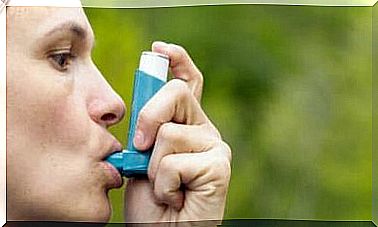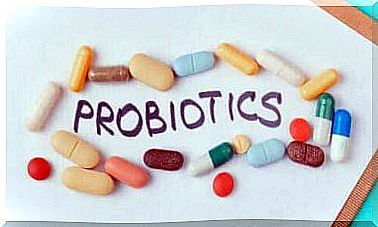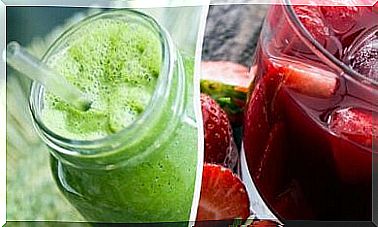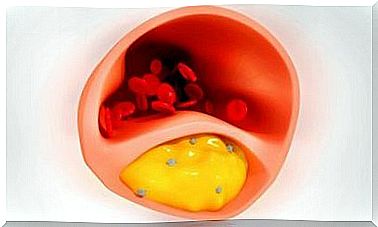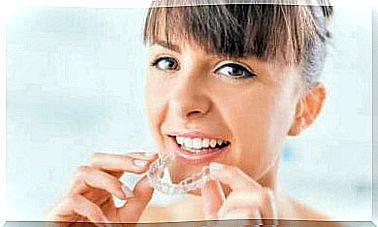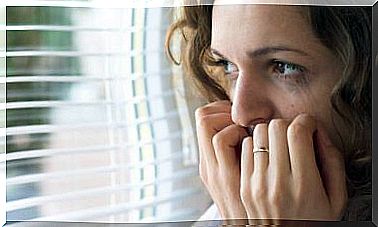Five Causes Of Pigment Spots On The Face
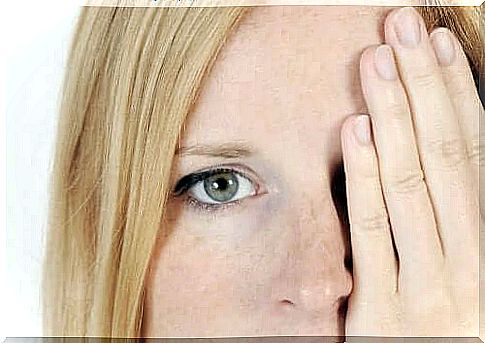
Pigment spots are caused by an overproduction of melanin, a chemical component that is responsible for the color of our skin. However, when the body produces too much of it, the excess product tends to concentrate in specific areas of the body.
In addition, this overpigmentation may also be the result of exposure to the sun or hormonal imbalance among other factors.
While irregular pigment spots are usually associated with age, pigment spots on the face can also occur on any skin type in late adolescence.
In general, skin pigment disorders are very common. However, they do not have serious consequences other than the aesthetic disadvantages, so there is no need to worry too much about them. In this article, we are going to look at some possible habits that can cause pigment spots on the face.
Five things that promote pigment spots on the face
We will now look at some of the things that cause pigment spots on the face. Pay attention and keep these things in mind if you are trying to keep these stains at bay.
Hormones
Hormonal changes are the most common cause of pigment spots on the face. In addition, birth control pills and other medications that alter your hormonal balance can cause pigment spots when the skin is exposed to sunlight.
Hormone activity may also reveal melasma, a form of irregular pigmentation that affects some pregnant women.
2. Sun exposure

One of the other things that increases pigment spots on the face is uneven exposure to sunlight, which causes an irregular production of melanin. After all, excessive sun exposure plays a critical role in the formation of all types of skin blemishes.
Daily application of sunscreen or a day cream with a high UV index protection scale is highly recommended, especially if you live in a sunny climate. You should also apply a moisturizer with a medium protection factor every morning, even in the less bright winter days.
3. Acne scars and pigment spots
Acne scars are pigmented dark spots or marks that appear after wounds from impurities have healed. Their technical name is post-inflammatory hyperpigmentation, and they typically look tan or dark brown in color.
Without treatment, dark spots and marks can take months or years to disappear. Fortunately, however, there is more than one treatment option to get rid of them. These include over-the-counter creams, prescription drugs, medical procedures and certain natural remedies.
4. Inadequate diet
Diet is the key to most things in our lives as we are what we eat. In addition, you need to know that a poor diet, along with a deficiency of nutrients, will lead to pigment spots on the face.
Think about what you put in your body. Some studies suggest that a person can reduce or prevent acne breakouts by consuming more omega-3 fatty acids, fewer dairy products and fewer foods high in sugar.
Also, if your current diet contains a lot of processed junk food, start making small changes that include natural, unprocessed foods of all types. You will notice the difference in your face in no time.
5. Artificial light
Did you know that artificial light can also lead to the appearance of pigment spots on your face? However, it does so to a lesser extent than natural sunlight.
A study published in the Journal of Investigative Dermatology indicates that harmful radiation from TV screens, computer screens and exposed fluorescent tubes can cause dark spots on your skin when you expose your skin to this radiation regularly for long periods of time.
Visible artificial light also stimulates pigment production in the same way as UV sunlight. To cope with this factor, try to reduce the exposure time or at least make sure to take frequent breaks.
Treatments to reduce pigment spots on the face
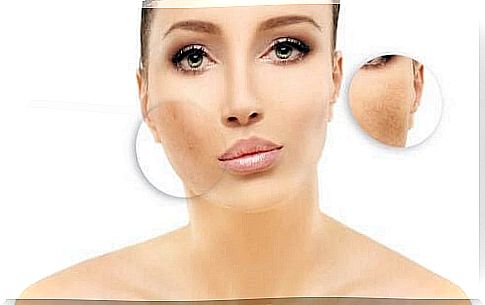
Most pigment spots on the face pose no health risks. Although some may find them cute, however, they pose an aesthetic problem for many people who want clean, flawless skin.
So if you want to reduce your pigment spots on the face, you can try some effective natural ingredients for it. They can be used as preventive or curative treatments at night. These include:
- White clay
- Lemon and lime
- Celery essential oil
- Aloe Vera
- Oats
- Pineapples
- Parsley
- Onion
- Argan oil
Note: Avoid exposing your skin to the sun after applying the above ingredients on your skin as this may aggravate the situation.
In addition, you can also use some creams that reduce the formation of melanin and scattered pigmentation. Keep in mind, however, that these products should not be used for an extended period of time.
You may also want to know that there are laser treatments that can reduce the blemishes on your face. However, there are many cases where these procedures can lead to side effects that will aggravate your skin instead of helping it.
Finally, if you find dark spots on the face, it is a good idea to contact a dermatologist as soon as possible so that they can perform the necessary and relevant tests and rule out skin cancer. Understanding the cause of the problem and intervening with a diagnosis and a specific therapy is important to reduce or get rid of these spots on your face.

